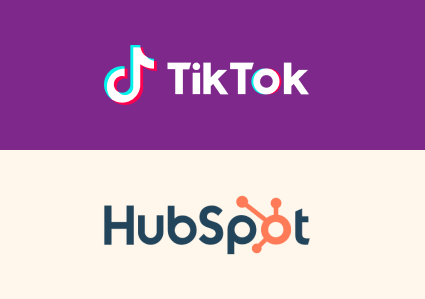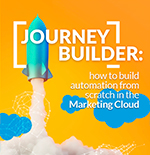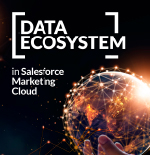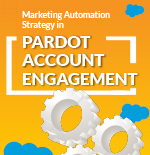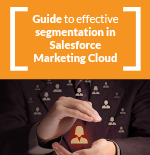Since Marketing Cloud is a platform where you have several possibilities to contact a user, it is essential to have traceability if you send an email, an SMS or a push, not to mention if you use Social Studio and more media that will be added in the future. In this article we will see what is the contact model in Salesforce Marketing Cloud.
Having at your disposal these multiple ways of communicating and the tools that Marketing Cloud unifies, the question is how to gather all this information and how. The answer is simple, Marketing Cloud has a “brain” that centralizes user information. That wonderful tool is called Contact Builder.
Contact Builder is a data management center, where you can both manage and design your entity model in relation to your data. If it is always advisable in automation systems to think and analyze before acting, imagine if it is in an area where you will be allowed to exploit the data to the maximum. If it is not well designed, you will be underutilizing the possibilities of a tool like Marketing Cloud.

Contact Builder, the nerve center of your data
In this tool you can design your data model, manage and update it, import it or link data sources and Marketing Cloud applications.
The most advanced feature of Marketing Cloud in this area is that you can create a relational data system to exploit your contact information to the maximum, make very precise segmentations or hyper-personalized targeting processes through Journey Builder.
Here is a list of the tools included in the Contact Builder area of Marketing Cloud:
- Data Designer. In this tool you can track information related to your contacts visually, and link Data Extensions to define your data ecosystem.
- Contacts Configuration. Here you configure different aspects of how to process contacts.
- Data Extensions. In this area you can create and modify Data Extensions. In addition, you can add contacts manually, delete them or edit them (these last actions, as long as the Data Extension has a Primary Key).
- Imports. As its name indicates, you can create processes to load contact information into your tables or Data Extensions.
- Data Sources. Data sources establish where the data contained in Contact Builder originates. It includes synchronized and custom data sources. These allow access to data from other Salesforce clouds.
- Contact Builder. This is necessary and useful when you want to have instant information from your contacts so you can make instant decisions, for example, in Journey Builder. If you put a DE in Journey Builder that is not added to the Contact Builder system (for example, in an attribute group created in Data Designer), it will be like taking a picture,the data that enters the Journey at the beginning will be the one evaluated and no updates will be taken into account.
{{cta(’52fa9c99-860e-4fbd-b8e0-8084060f20e8′)}}




